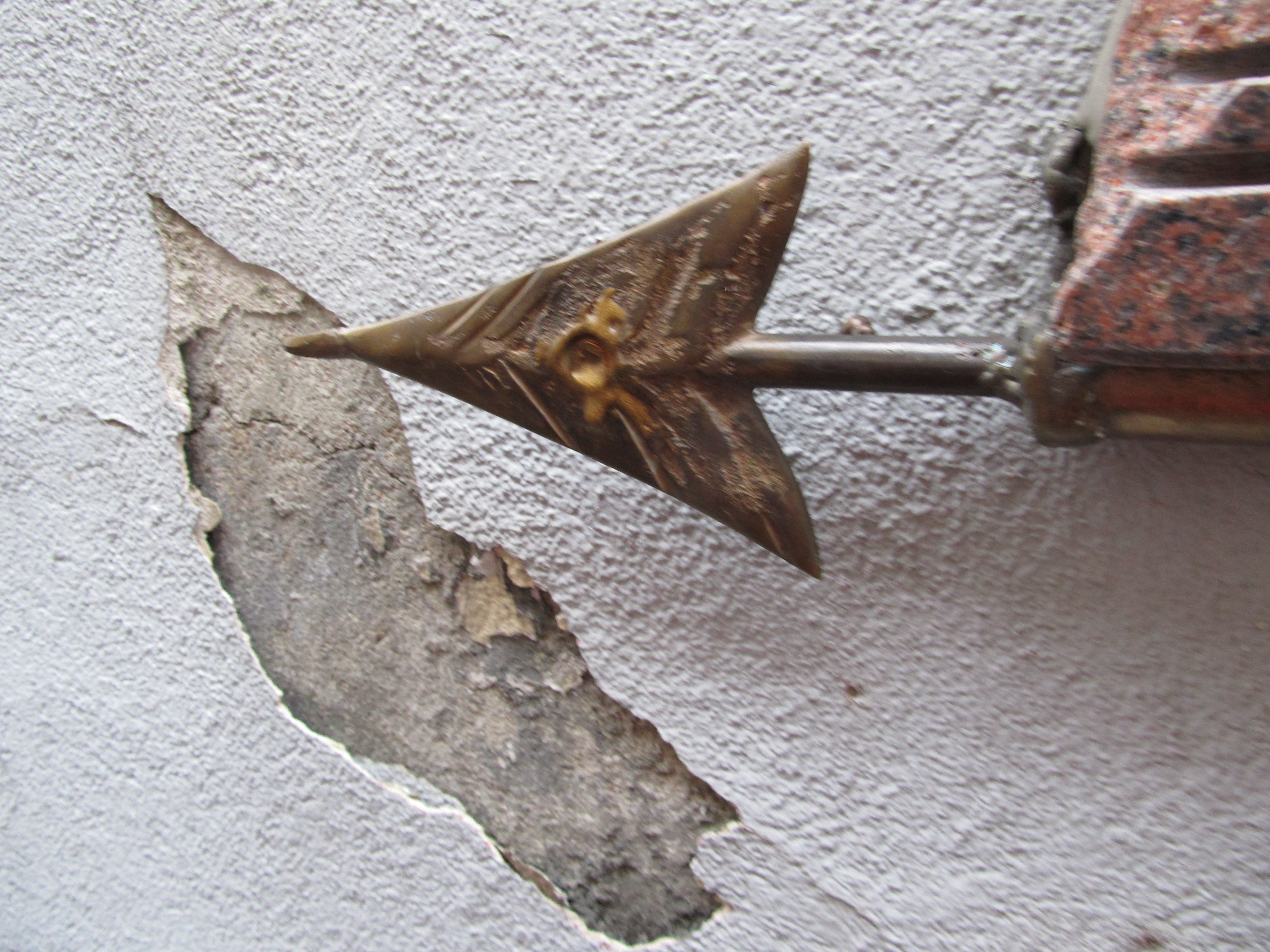Tuirli
The Tuirli were some of the earliest victims of the war on magic. They were often hunted and killed due to the belief that they committed witchcraft, manipulated people with spells, and killed people to drink their blood. As a result, many of the Tuirli fled in boats to an island on the far side of Milon to escape the slaughter. The Tuirli today still live primarily on their island, and their secretive nature, as well as their original persecution has given way to superstitions that have never fully faded.
Redheaded Witches
The Tuirli were one of the most persecuted groups during the war, not only for the belief that they committed witchcraft, but also for their red hair, which was uncommon among other groups. The belief spread not only that red hair was the mark of a witch, but that witches had red hair because they drank human blood as part of their ceremonies, and that this changed the color of their hair. As a result, many redheads, even those who were not Tuirli were murdered as witches. Today, red hair is more common among Tuirli than any other group, and though it is now known to be the result of genetics, most witches in stories are still depicted as redheads. There is some evidence that this belief also led to a broader notion that anyone with uncommon physical features is a magical practitioner, such as the grey-eyed procelle of the Dhadiz.
Many other depictions of witches in media trace back to the Tuirli. For example, some stories claim that the only way to truly kill a witch is to "press the magic out of them." Though many people are not aware of it, this traces back to the brutal death of a Tuirli leader who was purposely crushed under layers of heavy stones. Also, the language that spells are more commonly written in is a bastardization of the old Tuirli language, and ancient Tuirli ruins are depicted as "places of power" for witches to congregate. Parents who live near old Tuirli cities often forbid their children from venturing there or messing with possible artifacts, as they might be cursed.
Positive Depictions
Centuries after fleeing to their island, the Tuirli became the source of fairy stories. Early visitors to the island often returned with tales of a different type of magical people, referred to as fairies, sprites, and pixies. Though there were several variations, these people usually had unusually colored skin or hair, strange markings on their bodies, or other features like strangely shaped ears and webbed fingers. They had a variety of magical abilities, and unlike witches, were not considered outright evil, though some were known to be tricksters and could be very mischievous. Unlike older fairy stories, these beings were rarely tiny, usually being the same height and proportions as humans. Nevertheless, these fairies soon became the more common version found in Milon stories, though some stories still pay homage to the originals by depicting fairies that can change size.
Centuries after fleeing to their island, the Tuirli became the source of fairy stories. Early visitors to the island often returned with tales of a different type of magical people, referred to as fairies, sprites, and pixies. Though there were several variations, these people usually had unusually colored skin or hair, strange markings on their bodies, or other features like strangely shaped ears and webbed fingers. They had a variety of magical abilities, and unlike witches, were not considered outright evil, though some were known to be tricksters and could be very mischievous. Unlike older fairy stories, these beings were rarely tiny, usually being the same height and proportions as humans. Nevertheless, these fairies soon became the more common version found in Milon stories, though some stories still pay homage to the originals by depicting fairies that can change size.
CW: murder, violent death, defamation, persecution, consumption of blood



Comments